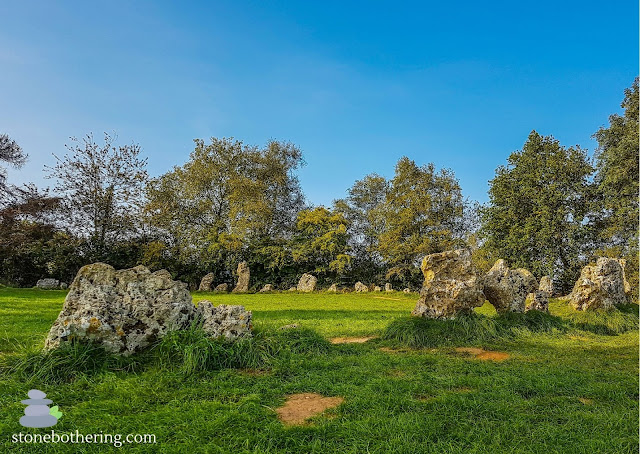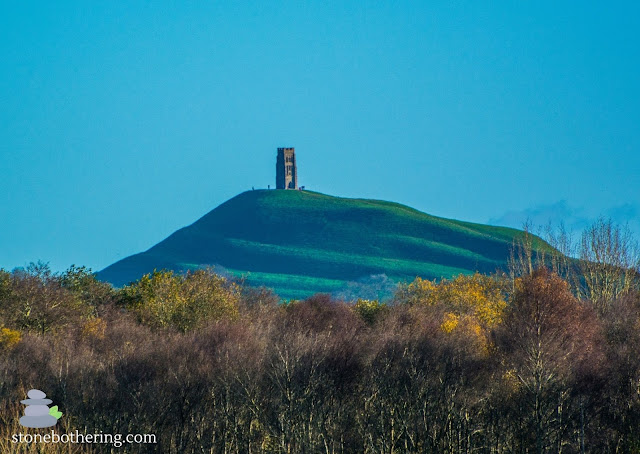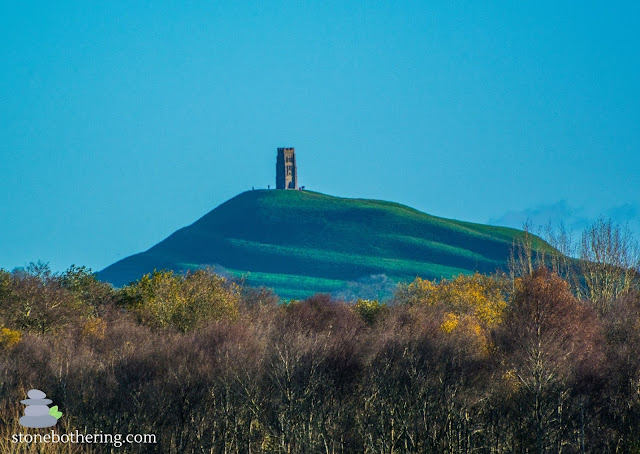Unveiling the Mystery of Gray Hill Stone Circle
.jpg)
High up on the edge of Wentwood in Wales, overlooking the sprawling Severn Estuary, lies a monument shrouded in time - the Gray Hill Stone Circle. Dating back to the Bronze Age, around 4,000 years ago, this circle of stones stands as a silent testament to the lives and beliefs of an ancient people. The circle itself is around 32 feet in diameter, with nine stones laid out on the circumference. Unlike some stone circles where the stones stand tall and proud, these stones rest on their sides, forming a low wall. One intriguing feature is a solitary standing stone positioned just outside the circle, accompanied by a larger "outlier" stone nearby. Archaeologists believe this outlying stone may have served as a marker or even part of an entrance to a chamber tomb once located within the circle. The purpose of Gray Hill Stone Circle, like many prehistoric monuments, remains an enigma. Theories range from serving as a ceremonial site for astronomical alignments to a place of burial ...
.jpg)




